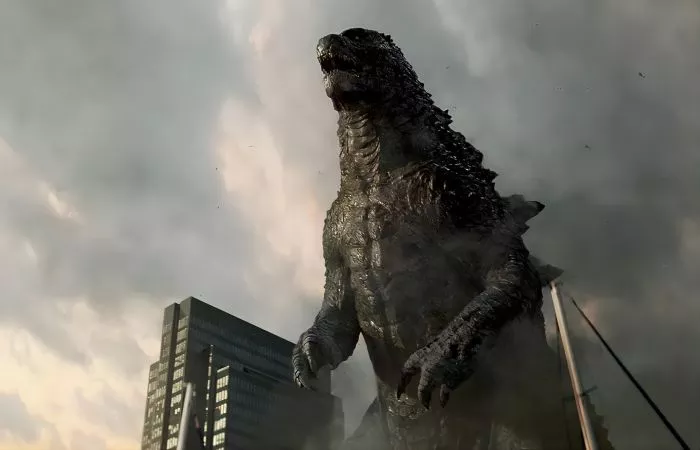For decades, Godzilla has been an iconic figure in popular culture, captivating audiences with its towering presence, awe-inspiring strength, and enduring appeal. As one of the most recognizable monsters in cinematic history, Godzilla has left an indelible mark on the world of film, inspiring countless adaptations, sequels, and reimaginings. In this comprehensive introduction, we embark on a journey through the rich and storied legacy of Godzilla’s movies, tracing the evolution of this cultural phenomenon from its humble beginnings to its status as a global icon.
Origins of Godzilla
The story of Godzilla begins in post-war Japan, against the backdrop of the atomic age and the lingering trauma of World War II. Released in 1954, the original “Godzilla” film, directed by Ishirō Honda, introduced audiences to a prehistoric creature awakened and mutated by nuclear radiation. Symbolizing the horrors of atomic warfare, Godzilla rampaged through Tokyo, leaving a trail of destruction in its wake and serving as a metaphor for the destructive power of nuclear weapons.
The Showa Era (1954-1975)
Following the success of the original film, Toho Studios produced a series of sequels and spin-offs throughout the 1960s and early 1970s, collectively known as the Showa era. During this period, Godzilla evolved from a terrifying force of nature to a more heroic figure, often teaming up with other monsters to defend Earth from alien invaders, rogue robots, and other threats.
Notable entries from the Showa era include “King Kong vs. Godzilla” (1962), which pitted the King of the Monsters against another iconic creature, and “Mothra vs. Godzilla” (1964), featuring a battle between Godzilla and the giant moth deity Mothra. The Showa era also introduced memorable adversaries such as Mechagodzilla, Ghidorah, and Gigan, cementing Godzilla’s status as the undisputed king of kaiju (Japanese giant monsters).
The Heisei Era (1984-1995)
In 1984, Toho launched a new series of Godzilla films, known as the Heisei era, which sought to reimagine the character for modern audiences while paying homage to its roots. These films featured darker, more serious tones than their predecessors, exploring themes of environmentalism, technology, and the consequences of human folly.
Highlights of the Heisei era include “Godzilla vs. Biollante” (1989), which introduced a genetically engineered plant monster as Godzilla’s adversary, and “Godzilla vs. Destoroyah” (1995), which served as a climactic conclusion to the series, culminating in a battle against a creature spawned from the same nuclear disaster that created Godzilla.
The Millennium Era (1999-2004)
In the late 1990s, Toho embarked on yet another reboot of the Godzilla franchise, launching the Millennium era with “Godzilla 2000: Millennium” (1999). Unlike previous series, the Millennium era featured standalone films that ignored continuity, allowing filmmakers greater creative freedom to experiment with different interpretations of the character.
Highlights of the Millennium era include “Godzilla Against Mechagodzilla” (2002), which introduced a new version of the iconic mechanical monster, and “Godzilla: Final Wars” (2004), a grand finale that paid homage to the entire history of the franchise, featuring a globe-trotting adventure and epic battles against a wide array of monsters.
Legendary Pictures and the MonsterVerse
In addition to Toho’s ongoing contributions to the Godzilla franchise, the character has also found success in Hollywood with the advent of the MonsterVerse, a shared cinematic universe featuring Godzilla and other iconic monsters. Kicking off with “Godzilla” (2014), directed by Gareth Edwards, the MonsterVerse has since expanded to include “Kong: Skull Island” (2017) and “Godzilla: King of the Monsters” (2019), with future installments planned to further explore the interconnected world of kaiju.
Conclusion
From its humble origins as a symbol of nuclear terror to its current status as a global cultural icon, Godzilla’s journey through cinema is a testament to the enduring power of storytelling and the universal appeal of monsters. Whether battling other kaiju on the streets of Tokyo or facing off against alien invaders on the silver screen, Godzilla continues to captivate audiences with its timeless themes of courage, resilience, and the indomitable spirit of humanity in the face of adversity. As we eagerly anticipate the next chapter in Godzilla’s cinematic legacy, one thing remains certain: the King of Monsters will reign supreme for generations to come.
Related Topics:
How did the virus start in “The Walking Dead”
Guy Ritchie’s “Operation Fortune” Exposure Poster Jason Statham and Other Appearances

